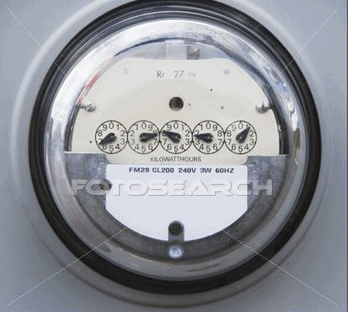
The first home, Home A, met the minimum standards of the HUD Code. Home B was an ENERGY STAR home. Home C was a high performance home , the nation’s first certified as a DOE Zero Energy Ready Home.
In terms of energy consumption, House C used half the energy of the other two houses for cooling. House B used slightly less energy than House A for cooling. There was virtually no difference in the amount of energy used for heating houses B and C, which amounted to almost one-third of the heating energy consumed by House A.
Because of the added exterior foam insulation, Home C had higher wood moisture content than House B, but still within safe limits. The insulation also resulted in a higher average temperature (5.5 degrees) during the heating season.
Peak demand was lower year-round in Home C than in either A or B. House A peaks were a little higher than those of House B in most months, although in the winter A and B were similar. On average, during peak hours House B had an 18 percent lower peak demand than House A, while House C’s peak demand was 69 percent lower than House A.
Counting only energy efficiency additions, the cost to the manufacturer to build House C compared to House A and B was $2,060 and $1,166, respectively. The price for the consumer to purchase C compared to A or B would be $6,607 and $4,339, respectively. The simple paybacks to the homebuyer associated with building House C compared to House A and House B ranged from approximately 8.8 to 17.5 yr. ##
(Photo credit: fotosearch–electric meter)


























